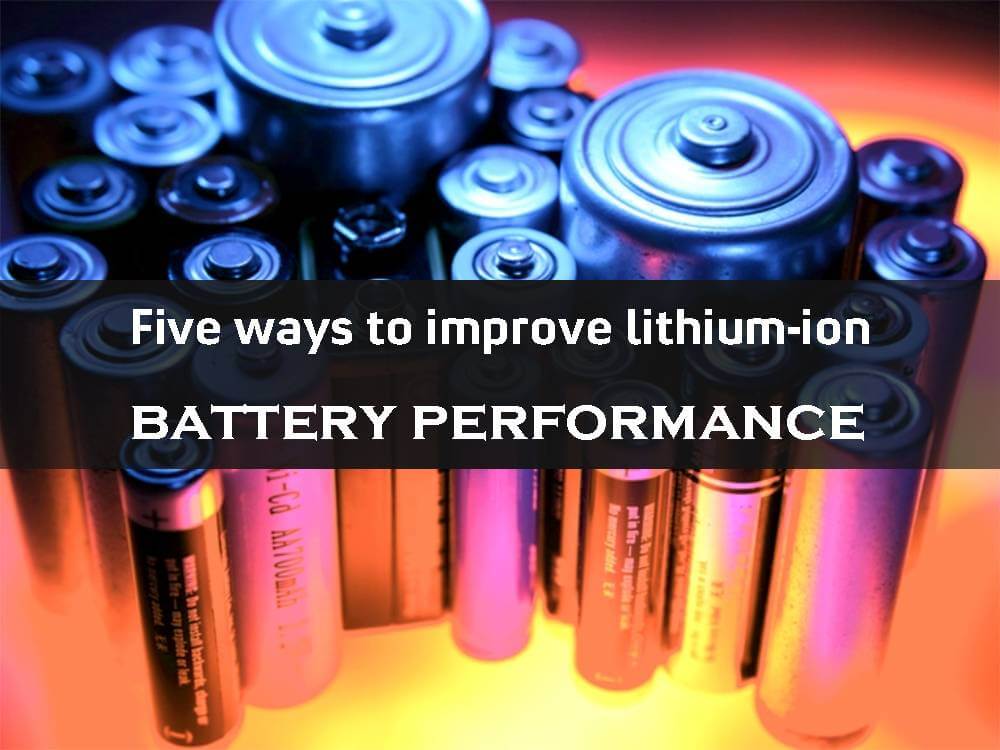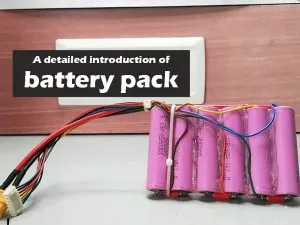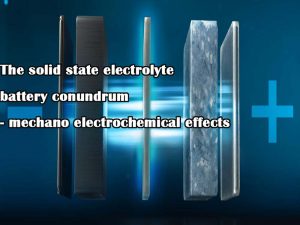Five ways to improve lithium-ion battery performance

At present, the update of lithium batteries is based on materials such as graphite anode, electrolyte and metal cathode, which is technically difficult and the progress is slow. From battery materials to battery design, this article has sorted out five ways to improve battery performance.
Transition from graphite anode to silicon anode
Lithium battery anode materials are mainly divided into carbon-based materials and non-carbon-based materials. Carbon-based materials include natural graphite anodes, artificial graphite anodes, and the like. Non-carbon-based materials are mainly divided into silicon-based and composite materials. At present, carbon-based materials represented by artificial graphite are the main materials used in battery anodes, accounting for 95% of the market share of anode materials.
However, at this stage, the graphite anode material is close to its theoretical specific capacity limit of 372mAh/g, and a higher specific capacity anode material is required. Silicon anodes are expected to significantly improve energy density and battery performance. The silicon anode material is prepared by mixing nano-silicon with other materials, and then undergoing surface treatment, sintering, pulverization, screening, and demagnetization.
At present, the specific capacity of commercial applications reaches 450mAh/g, and the cost is low. However, due to the poor cycle life, it is mainly used in the 3C digital field. If it is to be used in the field of new energy vehicles, it is necessary to further improve the battery performance.
Although the amount of silicon material used in anodes is less than 5%, it is difficult to use it as an additive due to its inherent volume expansion and resulting stability and cycle life issues. However, silicon anode technology has steadily improved over the past 10-15 years, allowing batteries to use 5-100% silicon in the anode, which can further improve battery performance.
New method of cathode synthesis
Future lithium-ion batteries may use a similar set of cathode materials currently on the market. LNMOs or LFP-related LMFPs can be considered exceptions, although neither will improve energy density, but offer different trade-offs between high battery performance and low cost. Lithium-manganese-rich NMC cathodes can modestly improve battery performance, but commercial development is limited and slow.
Improvements in cathode materials are generally incremental. Instead, the biggest shift in cathode technology and innovation may stem from the way they are synthesized. Current synthesis techniques require maintaining high temperatures for relatively long periods of time (days), while also using large quantities of reagents and water, resulting in high manufacturing costs and environmental impact. Nano One Materials utilizes a solution-based “one-pot” method to produce coated cathode materials.
The company has a partnership with cathode manufacturer Pulead. 6K Energy uses microwave plasma reactors to produce cathode materials, but they are also able to synthesize silicon anodes and solid electrolyte materials. Both Nano One Materials and 6K Energy are expected to streamline production processes to improve battery performance, yield, reduce manufacturing costs, and reduce environmental impact.
Solid electrolytes and new electrolyte formulations
For new electrolytes, solid-state electrolytes have attracted great attention in the industry. The solid-state battery without liquid is almost incombustible, which reduces the sensitivity of the battery pack to temperature, eliminates the risk of short circuit caused by lithium dendrites caused by the phenomenon of lithium precipitation, and effectively blocks the cathode and anode with good insulation.
However, the goal of achieving commercial mass production of all-solid-state batteries is still relatively long-term. The current use of new additives and electrolyte formulations can improve liquid electrolyte systems and improve battery performance. For example, electrolyte additives and solvents based on phosphazene and phosphorus nitrogen compounds improve safety and battery performance by improving thermal stability and improving SEI film formation.
In the long term, solid-state batteries remain the ultimate technological goal, allowing solid-state electrolytes to replace currently used flammable liquid electrolytes, thereby greatly improving battery safety and improving battery performance. Data shows that the solid-state battery market is expected to grow to more than $8 billion by 2031, while liquid electrolytes are still an important part of the market. Challenges in stability, cycle life, manufacturability, and even safety of solid electrolyte systems mean that competition between different electrolyte systems continues.
Optimizing the internal space of the battery pack
Merely using novel cathode materials and electrolytes to improve battery performance has significant technical limitations. For electric vehicles, improving the space design of the battery pack and increasing the battery capacity provide another key way to improve battery performance. Many automotive companies have announced batteries with cell-to-pack designs to eliminate materials associated with module housings and optimize packaging efficiency, ultimately helping to increase energy density and improve battery integration into the vehicle.
The design of the battery pack gradually eliminates materials such as the casing from CTP to CTC/CTB, optimizing the group efficiency. BYD Blade Battery optimizes the space arrangement of the battery pack by changing the shape of the cells, increasing the capacity utilization rate by 50%. One of the lithium top 100, CATL’s latest battery pack design achieves 72 percent capacity utilization.
In early 2022, CATL announced that their LFP packages could reach 160 Wh/kg and 290 Wh/l, starting to compete with their NMC counterparts. Maximizing energy density can help alleviate the main drawback of cheap LFP batteries, improving battery performance and providing a route to produce inexpensive long-range batteries. These types of battery designs do suffer from reduced serviceability, which may limit their use in commercial vehicles.
Smarter battery management system
Improvements in battery management systems (BMS) can provide a way to improve multiple aspects of battery performance. The optimization of BMS improves the battery performance through software optimization under the condition of given cathode and anode and electrolyte materials. The three core functions of a BMS are battery monitoring, state-of-charge (SOC) estimation, and efficient thermal management. Accurate temperature measurement is very important to the working state of the battery pack and is the guarantee of battery safety.
The accuracy and error correction capability of the SOC is the basis for the normal operation of the BMS. Without accurate SOC data, the battery pack will not be able to exert its maximum work efficiency, and no amount of protection functions will be in vain. Efficient thermal management ensures that the battery works in a normal temperature range, and activates the over-temperature protection strategy in necessary scenarios, thereby ensuring the safe and orderly operation of the battery and avoiding the dangerous failure scenario of thermal runaway of the battery.
In addition to electric vehicles, improved BMS is also very valuable for other end-uses such as smartphones or power tool batteries. While battery development often includes trade-offs between key battery performance characteristics such as energy density, cycle life, fast charging, and safety, improvements in BMS may provide improvements for all of these characteristics.
Conclusion
The improvement of battery performance and the reduction of cost are of course far more than the several ways mentioned in this article. Although some methods may not be able to achieve mass production, they will provide stable development for the lithium battery performance.




























